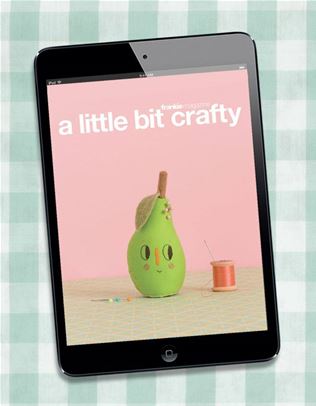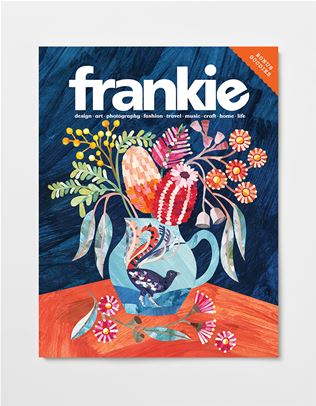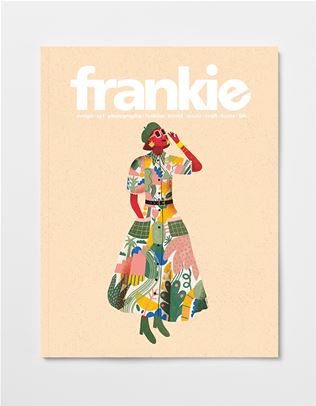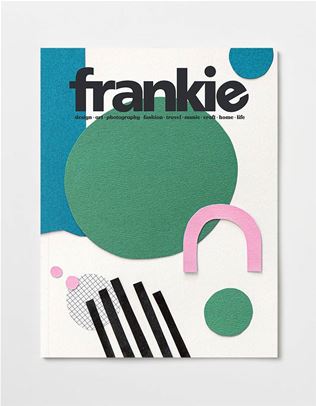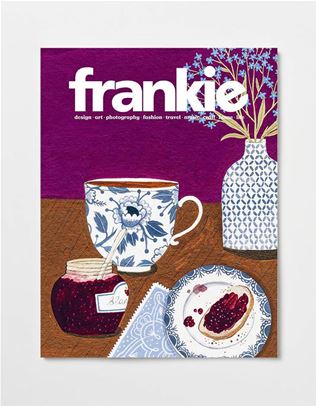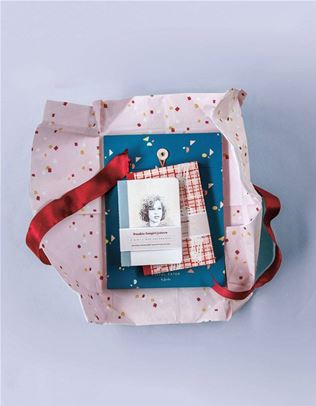these swanky hand-tufted rugs breathe new life into forgotten threads
Sisa Studio's head honcho Vinisha Mulani and artist Claire Ritchie have teamed up for a clever collaboration.
How did this collaboration between Sisa Studio and Claire Ritchie come about? Vinisha Mulani: Hand-tufting is a really particular medium – not all artistic styles will work with the technique, so I was very much on the lookout for something that would translate well. Claire’s work is so varied and beautiful, and she’s had a steady creative practice for so long. I’ve been a fan particularly since her previous collaborations with Gorman Playground and Slowdown Studio – I even had a Kleenex tissue box she designed without realising – and I knew that her style of work would translate perfectly and would be really striking as rugs. I slid into her DMs explaining the project, and (many Zoom calls, emails and rounds of sampling later) the Renewal collection was born!
Why is the collection called Renewal? Claire Ritchie: The name Renewal grew from the idea of giving new life to what already exists. This collection brings together waste wool that would otherwise be discarded, and archival artworks that have been revisited and transformed. By renewing both materials and imagery, the collection speaks to a more sustainable way of making and designing. One that values reuse, reinvention and thoughtful creation.
View this post on Instagram
Tell us a bit about how the rugs were made. Vinisha: Claire and I went back and forth a lot with potential designs for the rugs – we wanted distinctly different designs that could also work as a cohesive collection and, most importantly, only used the limited yarns we had available. We colour-matched them with the excess yarns available, and the yarns determined the quantities of rugs we were able to make.
The rugs are handmade in Bandung, Indonesia, using a technique called ‘hand-tufting’. Hand-tufting is a relatively new method of making handmade rugs. You’ve actually probably seen videos of people tufting online – it’s been really popularised as a craft since COVID. Unlike hand-knotted rugs, hand-tufted rugs are made without tying knots – instead, they’re made by pushing yarn with a tool called a tufting gun through a mesh canvas backing, stretched on a frame. The result can be yarn that looks either ‘cut’ or ‘looped’ or both, on the canvas. Once the tufting process is completed, the maker removes the rug from its frame and uses a latex glue to hold the ‘tufts’ in place. After the glue dries, the rug is then covered by a final protective cloth backing so it’s ready for use on the floor (or the wall if you prefer!).
Why was it important to make use of excess wool yarn from a carpet factory when creating the rugs? Vinisha: Sisa means “remainder” or “remnant” in Bahasa Indonesia – for me, using the ‘remainder’ or excess wool is the whole basis for the brand existing.
My family has worked in textiles and carpets for generations. I heard of this surplus wool yarn accumulating bit-by-bit as a bi-product of the carpet manufacturing process and I couldn’t shake the question of how to best use it. There were almost 20 tonnes of it, all of exceptional quality – 100 per cent New Zealand wool, in varying quantities and colours – just waiting to be repurposed. Too good to get rid of, but also in too small quantities and random colours to use for anything else. We repurpose this excess yarn to its best use, with small-batch rugs thoughtfully designed in collaboration with artists who hopefully don’t mind working within these constraints.
Working with excess yarn is fiddly – you have to be really deliberate because often there’s not the exact yarn colour we need, or if there is that colour, there’s not quite enough of it. All of our pieces are limited edition, and once they’re gone, they won’t (and can’t!) be made again. Some of the designs are literally one-of-one, and some designs we’ve been able to make five pieces of. I think there’s so much beauty in that they’re all a response to the material’s availability.
View this post on Instagram
Being the first time Claire is working with rugs, what have been some of the challenges in creating artwork for this medium? Claire: The biggest challenge was achieving the exact colours we wanted for each piece. I’m quite particular with my palettes, so there was a lot of back and forth to find those combinations that truly sang together. This process also led to some unexpected and beautiful colour pairings. One of the magic parts of collaboration is that you often create in ways you wouldn’t or couldn’t on your own.
What have been some of the highlights? Claire: Seeing my flat artworks translated into these large, textured pieces has been such a joy. The bigger my work, the better! Because my practice is rooted in bold 2D shapes, I feel they have the most impact at a larger scale, where the colours really hit you.
Another highlight was working with Vinisha. She fully trusted the artworks I felt would work best, and her expertise was so appreciated. She was incredibly respectful of my process and made sure the final pieces stayed true to my artistry. It also meant a lot that our values aligned, especially around reusing materials and designing thoughtfully. That shared intention made the collaboration feel even more meaningful.
View this post on Instagram
You can check out Renewal by Sisa Studios and Claire Ritchie over here.







_(11)_(1).png&q=80&h=682&w=863&c=1&s=1)



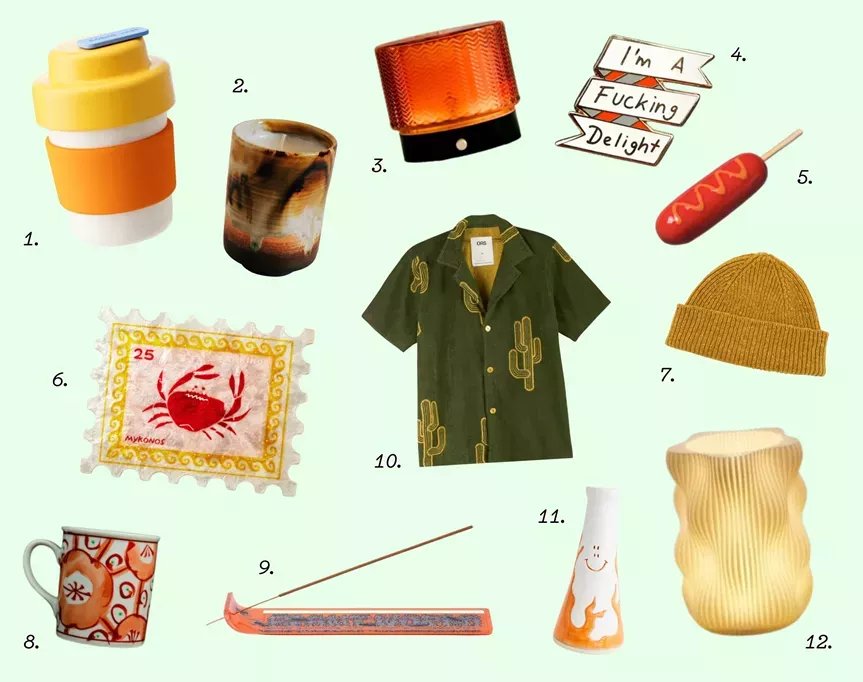
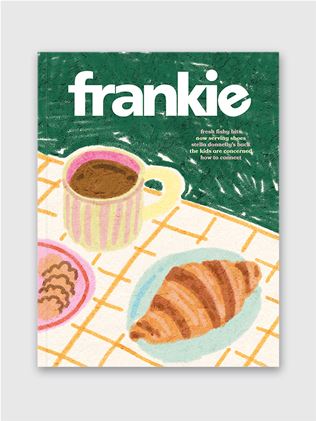

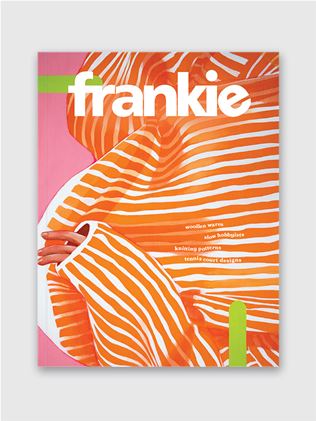
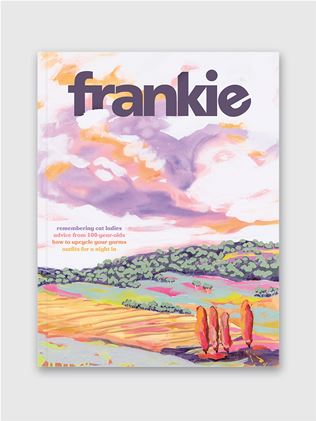

.jpg&q=80&w=316&c=1&s=1)
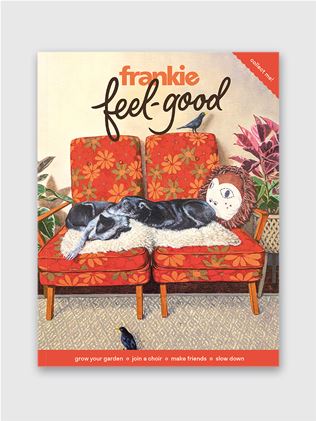
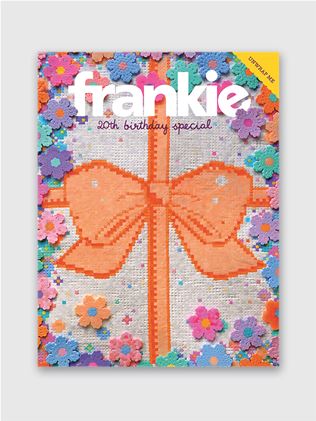



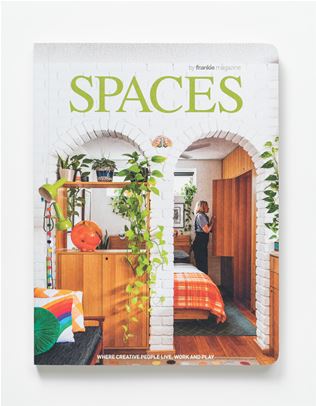
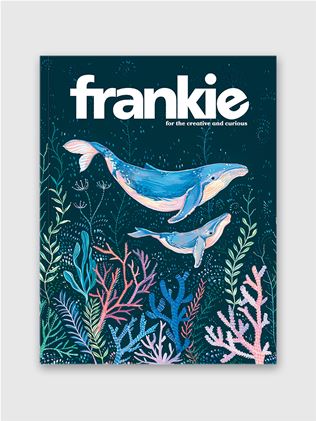

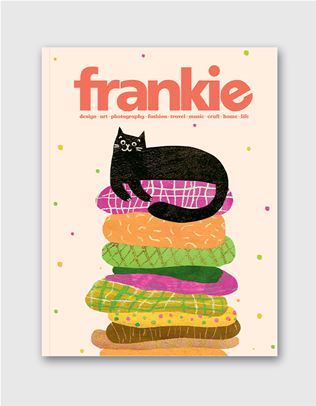

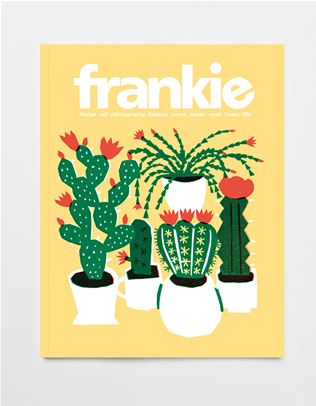
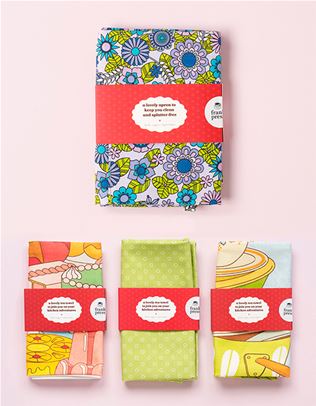

.jpg&q=80&w=316&c=1&s=1)



